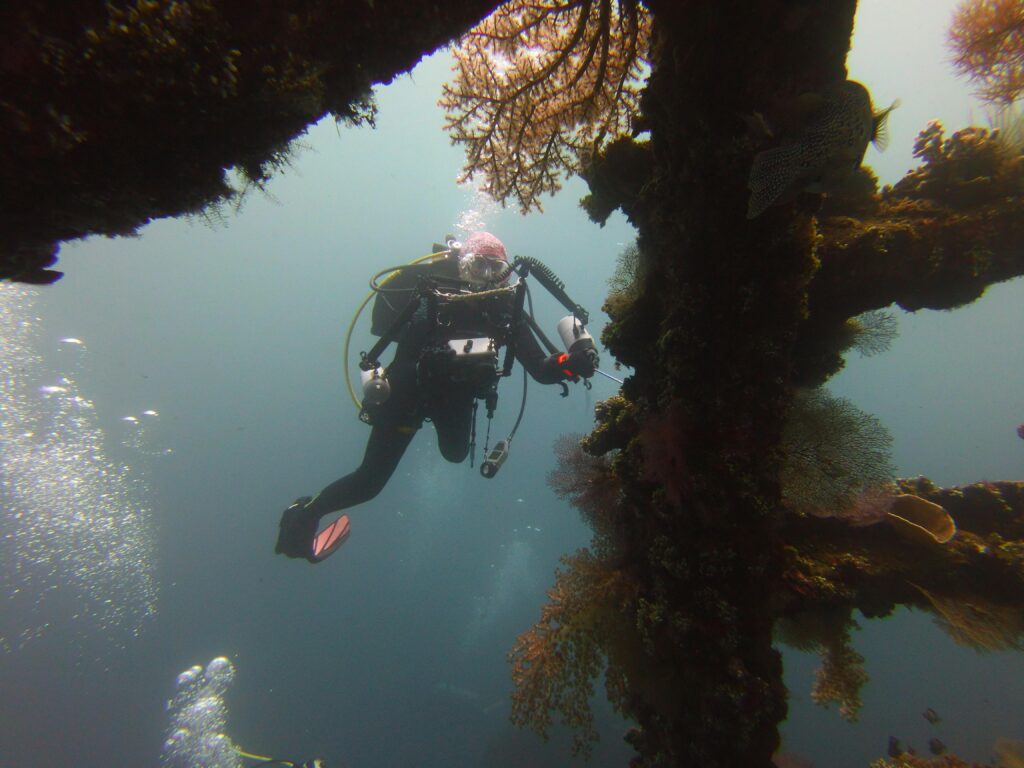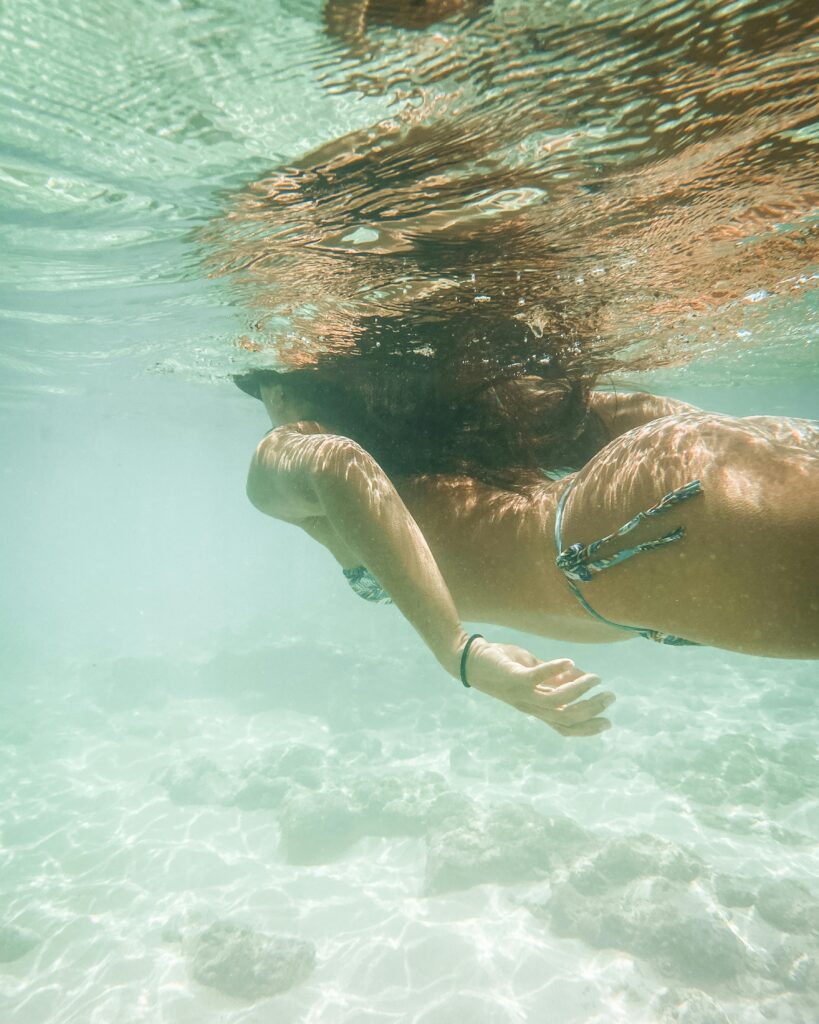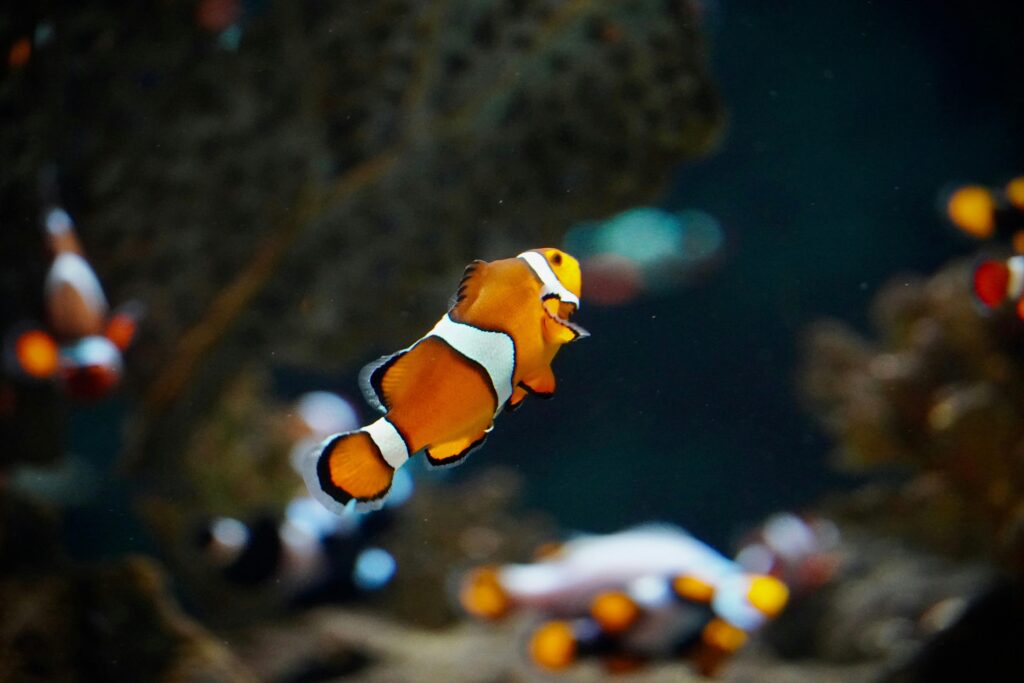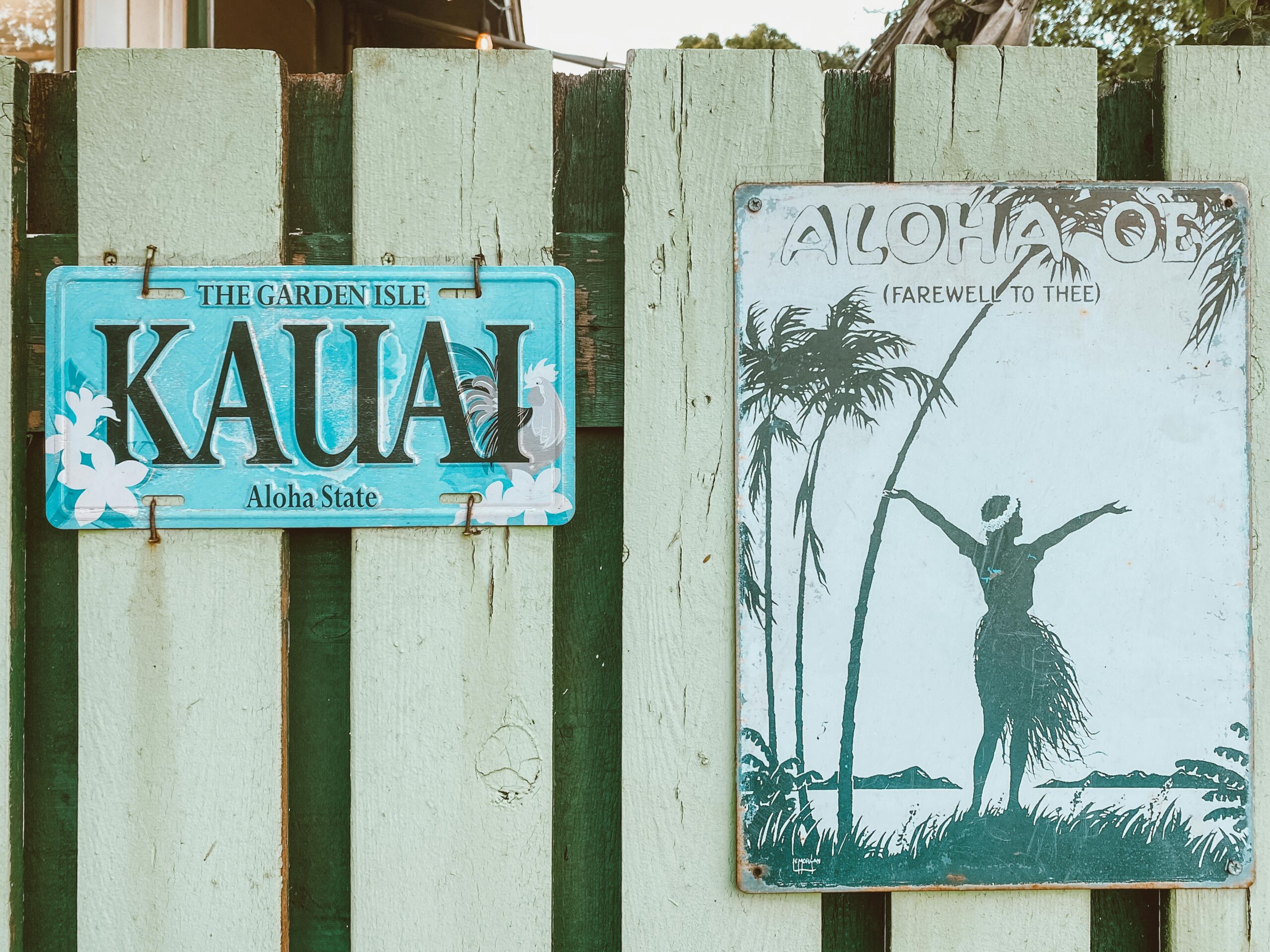Kauai, renowned for its breathtaking beauty and crystal-clear waters, has recently been struck by an unprecedented tragedy. A popular snorkeling spot turned deadly, claiming 20 lives in a single day—a grim reminder of nature’s unpredictability and the critical need for enhanced safety measures on our cherished coastlines.

The Tragic Day: When Paradise Became Peril
On what began as a typical day for tourists and locals alike, the serene ocean turned into a treacherous zone. Reports confirm that a sudden surge in currents, coupled with unexpected underwater hazards, left many stranded and overwhelmed by the powerful forces of nature. The chaos that ensued led to a rapid escalation of distress, with rescue teams battling both time and tumultuous waters.
While initial reports highlighted the shocking death toll, further investigations have revealed that a combination of factors—ranging from misjudged weather forecasts to inadequate safety warnings—played a critical role in this disaster.
Unseen Hazards and Environmental Factors
Experts point out that the ocean’s behavior can change in the blink of an eye. In this case, unanticipated rip currents and underwater rock formations contributed to the peril. Environmental conditions such as sudden shifts in tide, water temperature anomalies, and even the remnants of distant storms may have compounded the danger for unsuspecting snorkelers.
Additionally, some locals and marine safety experts argue that routine checks and updated hazard maps were not sufficiently maintained, leaving a gap between real-time ocean conditions and the information available to the public.

Local Response and Government Action
In the immediate aftermath, emergency services mobilized quickly. Lifeguards, coast guard units, and local first responders worked tirelessly to rescue victims, while medical teams were dispatched to treat the injured. Local officials have since initiated a comprehensive review of safety protocols at popular tourist beaches.
Government agencies are now collaborating with environmental scientists and oceanographers to deploy advanced monitoring systems. The goal is to provide real-time data on water conditions, improve hazard signage, and ensure that both residents and tourists are well-informed about potential risks.
Impact on Tourism and Community Sentiment
The tragedy has sent shockwaves through Kauai’s tight-knit community and the broader tourism industry. While the island has long been celebrated as a safe haven for beachgoers and adventure-seekers, this incident has sparked intense debates about the balance between tourism and public safety.
Local business owners, from hotel operators to tour guides, now face the challenge of rebuilding trust. Community meetings and public forums have been organized to discuss how to better safeguard visitors while preserving the natural allure of Kauai’s beaches.
Safety Lessons and Future Measures
The heartbreaking events on Kauai underscore the need for a multi-pronged approach to ocean safety:
- Enhanced Real-Time Monitoring: Investing in advanced technology to continuously track ocean conditions and disseminate timely alerts.
- Improved Public Awareness: Launching educational campaigns that inform both tourists and locals about the risks associated with unpredictable water conditions.
- Stricter Safety Regulations: Implementing more rigorous safety protocols, including mandatory briefings for tourists and periodic reviews of beach safety infrastructure.
These measures not only aim to prevent future tragedies but also foster a culture of respect for the immense power of nature.

Frequently Asked Questions
1. What caused the deadly incident at the snorkeling spot in Kauai?
The tragedy was attributed to a sudden change in ocean conditions, including unanticipated rip currents and underwater hazards. Contributing factors may have included weather anomalies and outdated safety information, which left snorkelers unaware of the increased risks.
2. How are local authorities responding to improve beach safety after this incident?
Local and state officials are now working with environmental experts to install advanced monitoring systems and update hazard maps. Efforts include better real-time communication of water conditions, enhanced signage, and public education campaigns to ensure that both residents and tourists are informed about potential dangers.
3. What steps can tourists take to ensure their safety while enjoying Kauai’s beaches?
Tourists are encouraged to check local weather and ocean condition updates before entering the water, adhere to posted safety warnings, and always snorkel with a buddy or under the supervision of certified lifeguards. Additionally, staying informed about local safety advisories and following guidance from emergency services can significantly reduce risk.
The tragedy on Kauai serves as a solemn reminder that even in paradise, vigilance is paramount. With comprehensive safety reforms and community collaboration, there is hope that future visits to these beautiful shores can be both joyful and secure.
Sources Beat of Hawaii


